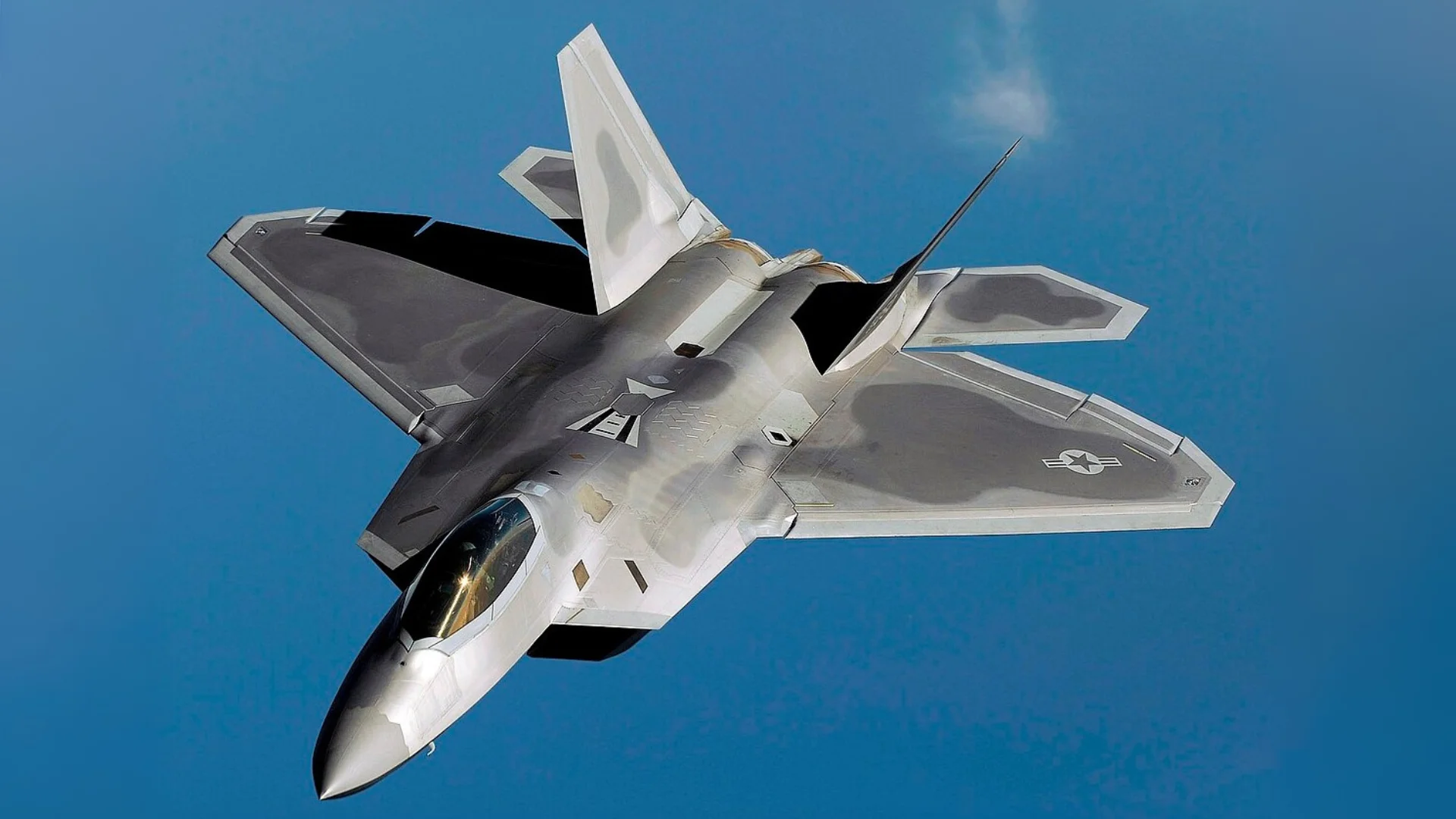Superiority in a fighter jet involves more than raw performance. While the F-22 excels at air dominance, it lacks some optimization for ground attack found in other models. The F-35B’s ability to operate from short runways or vertically is unique among modern jets but comes with limitations in range and payload.
The US leads globally in terms of combat jet numbers—according to FlightGlobal data—with 2,679 jets across its Air Force, Navy, and Marines. China follows with 1,583 jets; Russia operates 1,522 (over half of which are dated); India has 643; North Korea operates 482 mostly obsolete fighters.
The high cost of advanced programs led to an early end for F-22 production—only 187 were delivered—but both it and the F-35 benefit from being fielded in significant numbers compared to rivals. This scale enables continuous upgrades and logistical support that smaller fleets cannot match.
In pure air superiority exercises, the F-22 remains dominant. The US continues upgrading its fleet—for instance via TR-3 refreshes for the F-35—narrowing any capability gaps between generations of fighters. Other contenders in this category include new versions of the Eurofighter Typhoon, France's Rafale, China's J-20/J-35 series, and Russia’s Su-57 Felon—though operational effectiveness varies widely among them.
Estimated global deliveries of fifth-generation fighters show over 1,200 F-35s worldwide versus around 200–500 J-20s from China (numbers uncertain), just over eight J-35s delivered so far by China, about twenty Su-57s operated by Russia, and only 187 American F‑22 Raptors produced.
China’s J‑20 was designed to target high-value support assets such as AEW&C planes or tankers supporting US stealth fighters—a potential strategy that could impact future engagements without direct confrontation between top-tier jets. In contrast, Russia’s Su‑57 has not demonstrated significant success during operations in Ukraine.
As an all-around platform combining stealth technology with networking and sensors—and proven in real-world combat—the F‑35 stands out internationally. Its procurement by numerous allied nations reflects confidence in its capabilities despite early developmental issues related to ambitious requirements set by Lockheed Martin.
US superiority is further enhanced by force-multiplying enablers: AEW&C aircraft (like E‑3 Sentry), electronic warfare planes (EA‑18G Growler), aerial refueling tankers (KC‑46A Pegasus), satellites for intelligence/surveillance/reconnaissance (ISR), sophisticated radar systems (Patriot SAMs/Navy Aegis). The United States possesses roughly three-fourths of all military tankers globally—far outstripping countries like China or Russia—and maintains an extensive network infrastructure that boosts overall effectiveness.
This advantage means US-operated versions of even common fighter types typically outperform those used elsewhere due to better integration within larger strike packages supported by robust logistics and ISR capabilities.
Other countries maintain capable fleets: Israel operates upgraded American models effectively; European nations rely on Eurofighter Typhoon/Rafale variants; Russia fields families like Su‑34/30/35 albeit with certain technical limitations; China continues rapid development but keeps tight control on exports of its latest fifth-generation jets.
While details about Chinese platforms remain limited due to lack of export or combat use—and claims regarding Pakistani service performance are subject to debate—the overall consensus is that US fighter fleets remain ahead thanks to technological investment and integrated operational doctrine.
 Alerts Sign-up
Alerts Sign-up




































